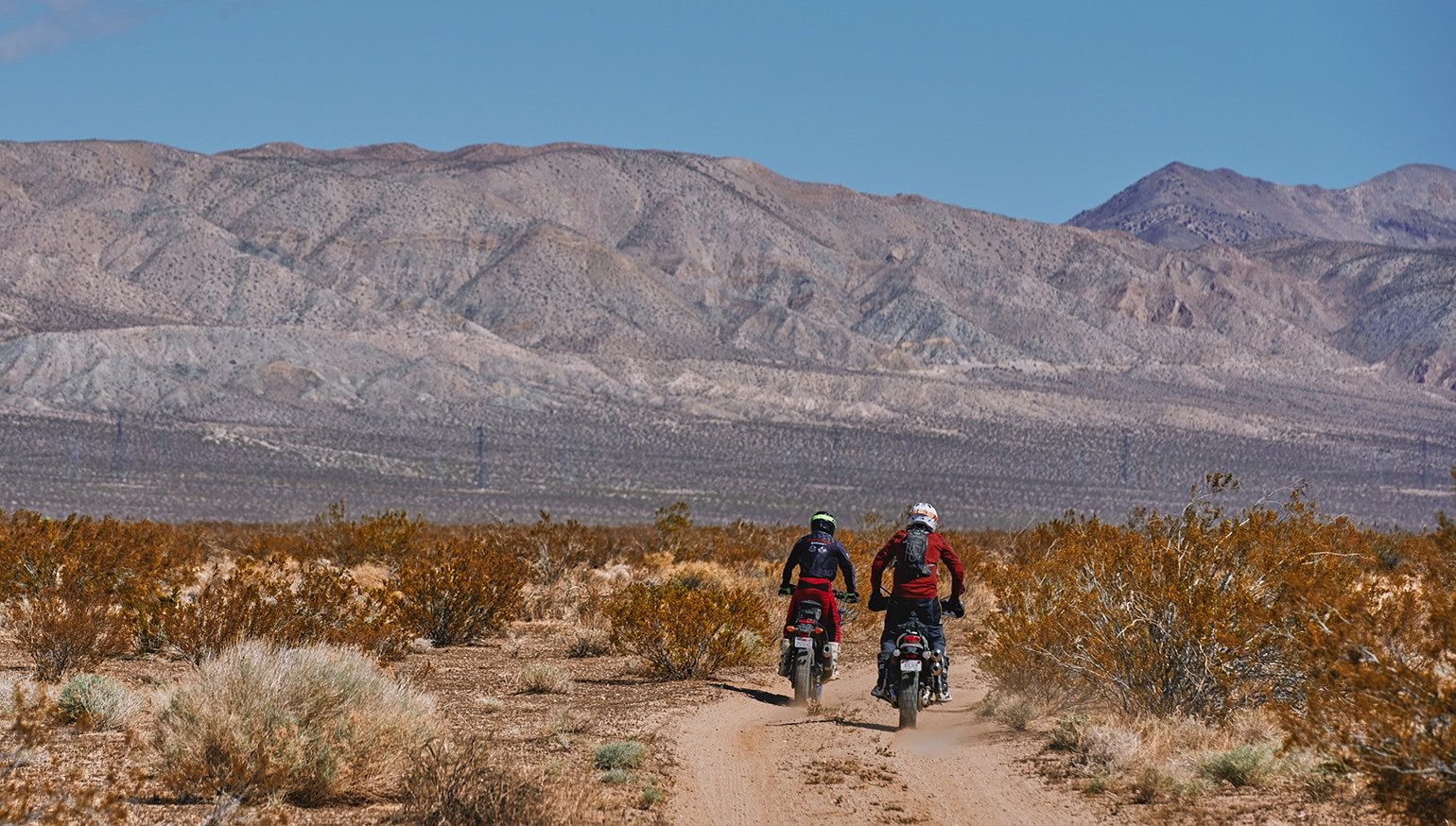
Mark Advent and Rod “Woody” Woodruff Join Forces to Create Unforgettable Experiences Across the U.S. and Beyond
The Sturgis Buffalo Chip, famed as the “Best Party Anywhere” for the nicest people on the planet, is revving up for an exhilarating new chapter that will spread its authentic spirit to exciting new locations throughout the U.S. and beyond. Today, the visionary developer Mark Advent, founder of Advent Creations and the mastermind behind Las Vegas’ iconic “New York New York” hotel and casino, announces a landmark partnership with Sturgis Buffalo Chip, launching an ambitious journey to take this renowned entertainment and lifestyle institution on the road.
At the heart of this expansion is the innovative Buffalo Chip casino hotel, a one-of-a-kind entertainment destination that’s set to redefine fun, recreation, and lifestyle. Projected to debut in Southern Nevada, this one-of-a-kind resort will feature a barn-themed casino, a high-end 200-room hotel, and a vibrant pedestrian thoroughfare dubbed Sturgis Street, lined with specialty retail shops, down-home dining, and wholesome entertainment.
Highlighting this experience will be Woody’s Barn, an epic live event venue; the Honky Tonk, a three-level music bar; a 10,000-seat amphitheater; Tiny Town’s collection of tiny homes; and Bikini Beach, the Chip’s ultimate summer oasis for sun and fun-seekers. With RV parking, a mini gas station and general store, and a replica of the over-the-top Big Engine Bar, this destination will be a tribute to the American spirit and the fusion of originality and Americana at its best.
Rod “Woody” Woodruff, who founded the Sturgis Buffalo Chip in 1981, has dedicated over four decades to crafting what is now a beloved American entertainment and lifestyle beacon. Conceived initially as a campground for riders attending the annual Sturgis Motorcycle Rally, the Chip has transformed into a vibrant town fueled by roaring engines, chart-topping rock, and an unwavering sense of community. With unforgettable performances from rock stars like Kid Rock, ZZ Top, Alice Cooper, Aerosmith, Mötley Crüe, and Def Leppard, the Chip has become a storied locale where memories of good times are born.
“Starting the Chip was about creating a home for people who live for the ride,” said Rod “Woody” Woodruff. “Now, with Mark and his team, we’re turning that spirit into a year-round experience that resonates in even more places.”
“It’s an honor to join forces with Woody and his family,” stated Mark Advent. “The Chip isn’t just a place – it’s an unparalleled feeling. It embodies music, motorcycles, freedom, and friends, each representing one of the four pillars on which the Chip is deeply rooted. We’re developing new destinations that will capture the same feeling of freedom and camaraderie that has been enjoyed by millions of people over the years. In doing so, we will introduce the “Best Party Anywhere” to even more people!”
In addition to the flagship casino hotel, this partnership introduces the Sturgis Buffalo Chip Roadhouse – a spirited collection of restaurants and bars designed to bring the same ethos, character, and energy to towns and cities across America. “For our guests, the Chip embodies tradition,” noted Daymon Woodruff, President of the Buffalo Chip. “It’s a reunion, a pilgrimage, a celebration of individuality. Now, we get to bottle that magic and share it with even more people in more pioneering ways than ever.”
The Chip’s passion and excellence of service forge lifelong friendships and lasting memories in a safe and inviting atmosphere of freedom. The momentum is electric, and the vision is audacious. Together, Advent and the Buffalo Chip team are crafting something unprecedented: a lifestyle-driven destination brand rooted in unapologetic fun and American originality. From the original rally grounds on the Black Hills of South Dakota to the neon-lit deserts of Nevada, the Buffalo Chip is in the saddle and ready to ride.

















